Turkey’s Coast Has Been Covered In A Thick Slimy Layer Of “Sea Snot” And It Looks Absolutely Disgusting
The Sea of Marmara in Turkey has been covered in a thick layer of organic matter called marine mucilage, also known as ‘sea snot’.
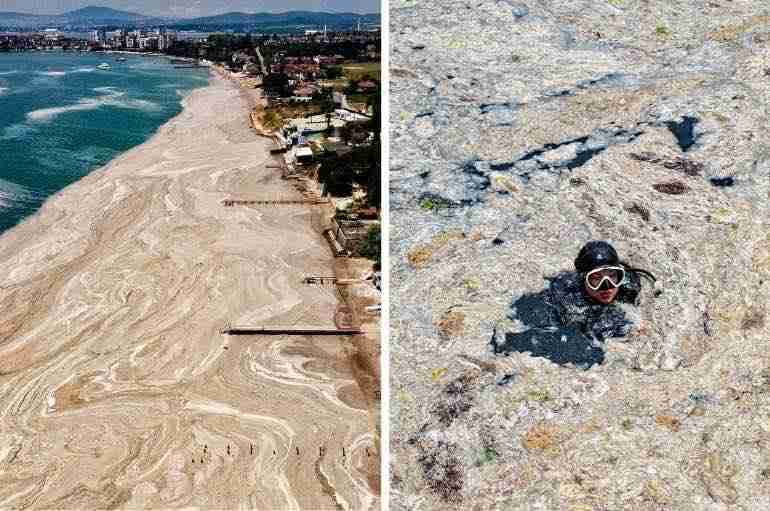
The Sea of Marmara in Turkey has been covered in a thick layer of organic matter called marine mucilage, also known as ‘sea snot’.

The mucilage has not only covered harbors and shorelines but has also reached the south of Istanbul and sunk below sea level to suffocate marine life on the seabed.
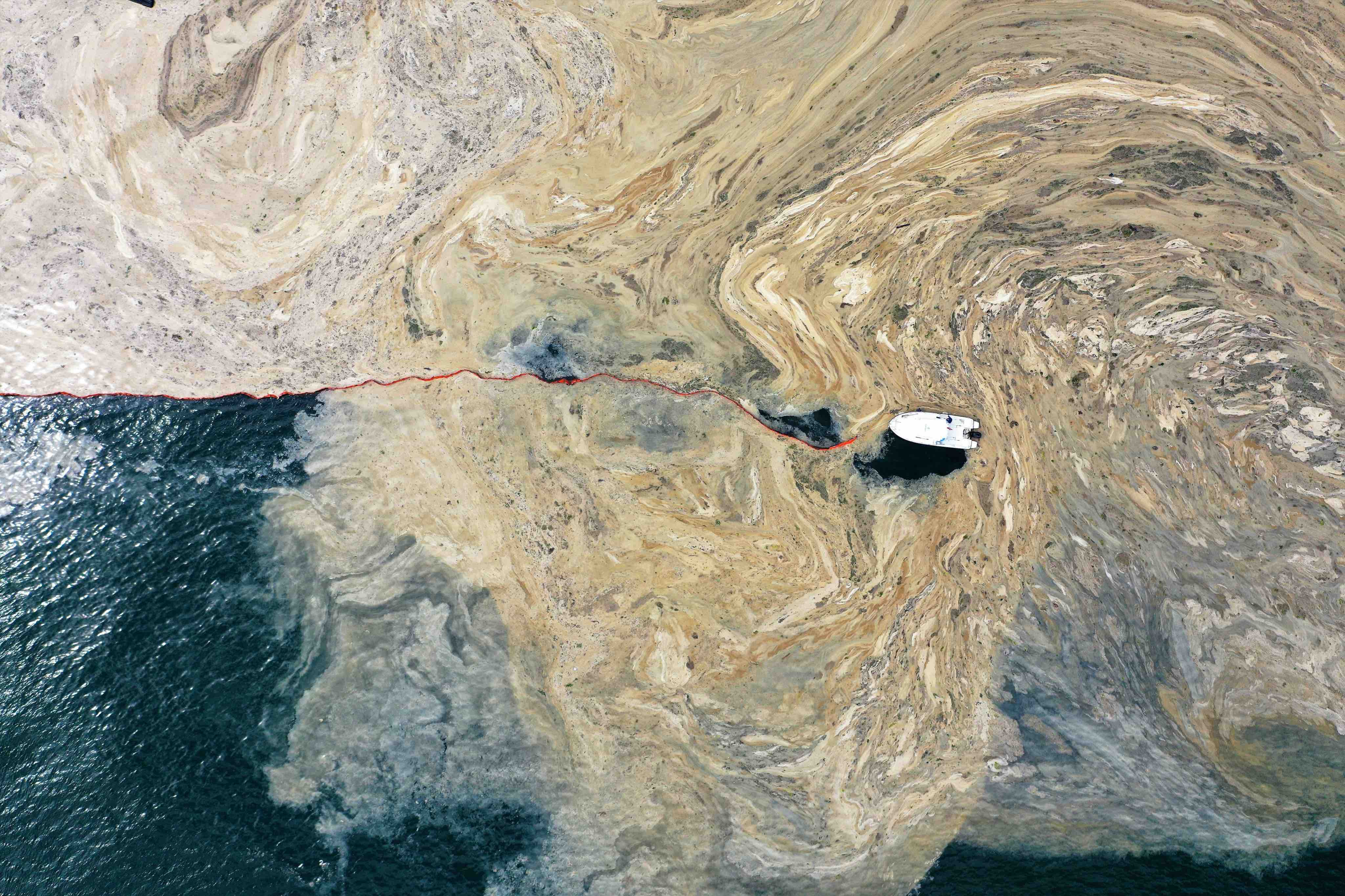
Marine mucilage develops on the surface of water when there is an excessively rapid growth of phytoplankton in the water due to pollution and warm temperatures.
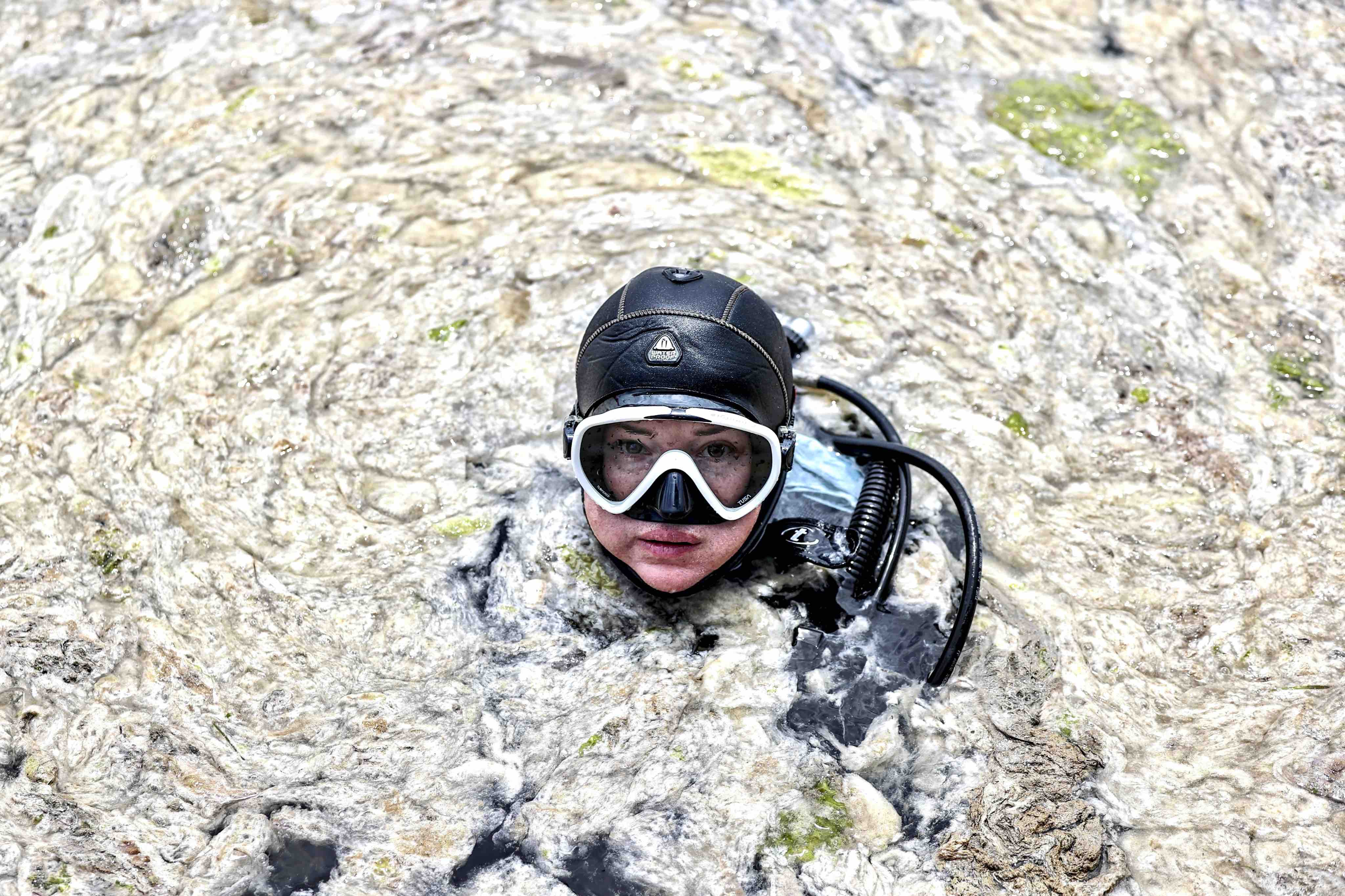
Turkey first documented marine mucilage in its waters in 2007.
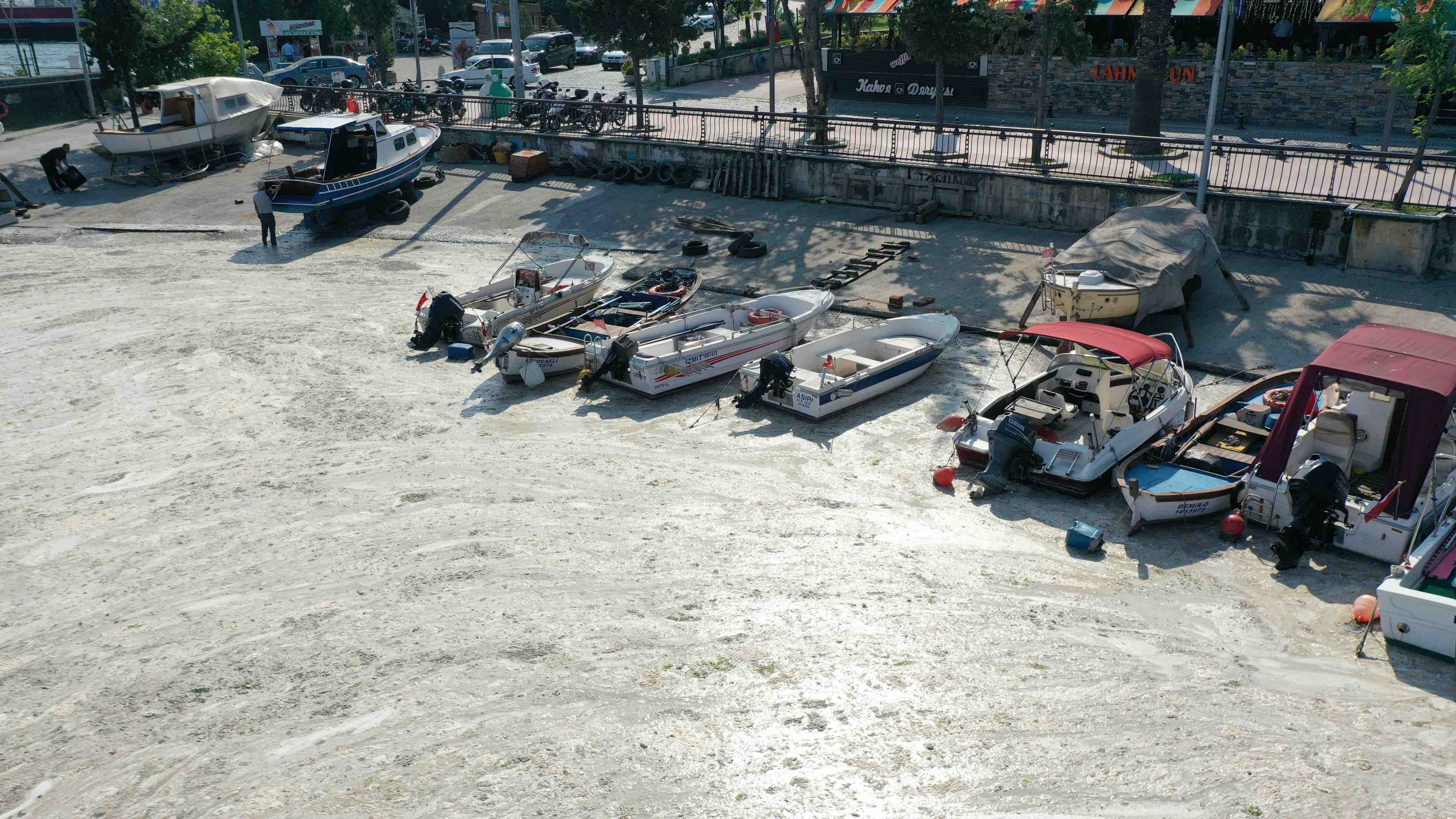
The recent outbreak, stretching along large areas of the Sea of Marmara, is believed to be the worst in its history.

Scientists say it may have been caused by untreated sewage, agricultural runoff and other forms of pollution, but that warming water temperatures caused by climate change appear to be making it even worse, the Washington Post reported.
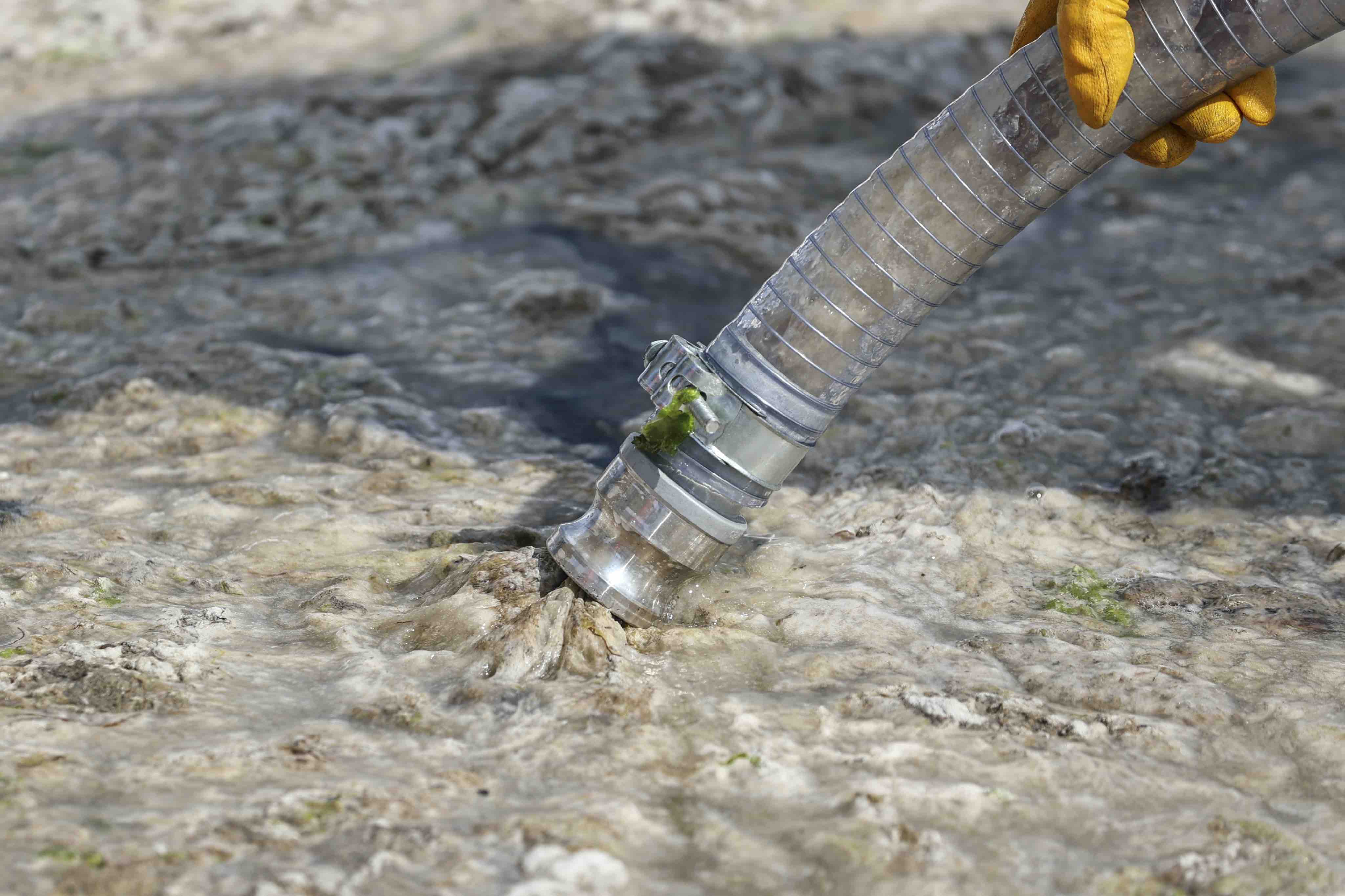
Recep Tayyip Erdoğan, the country’s president, said the main causes for the rapid spread have been untreated waste dumped into the sea, in addition to climate change, and called for an investigation.
“My fear is, if this expands to Black Sea… the trouble will be enormous. We need to take this step without delay,” he said, according to the BBC.
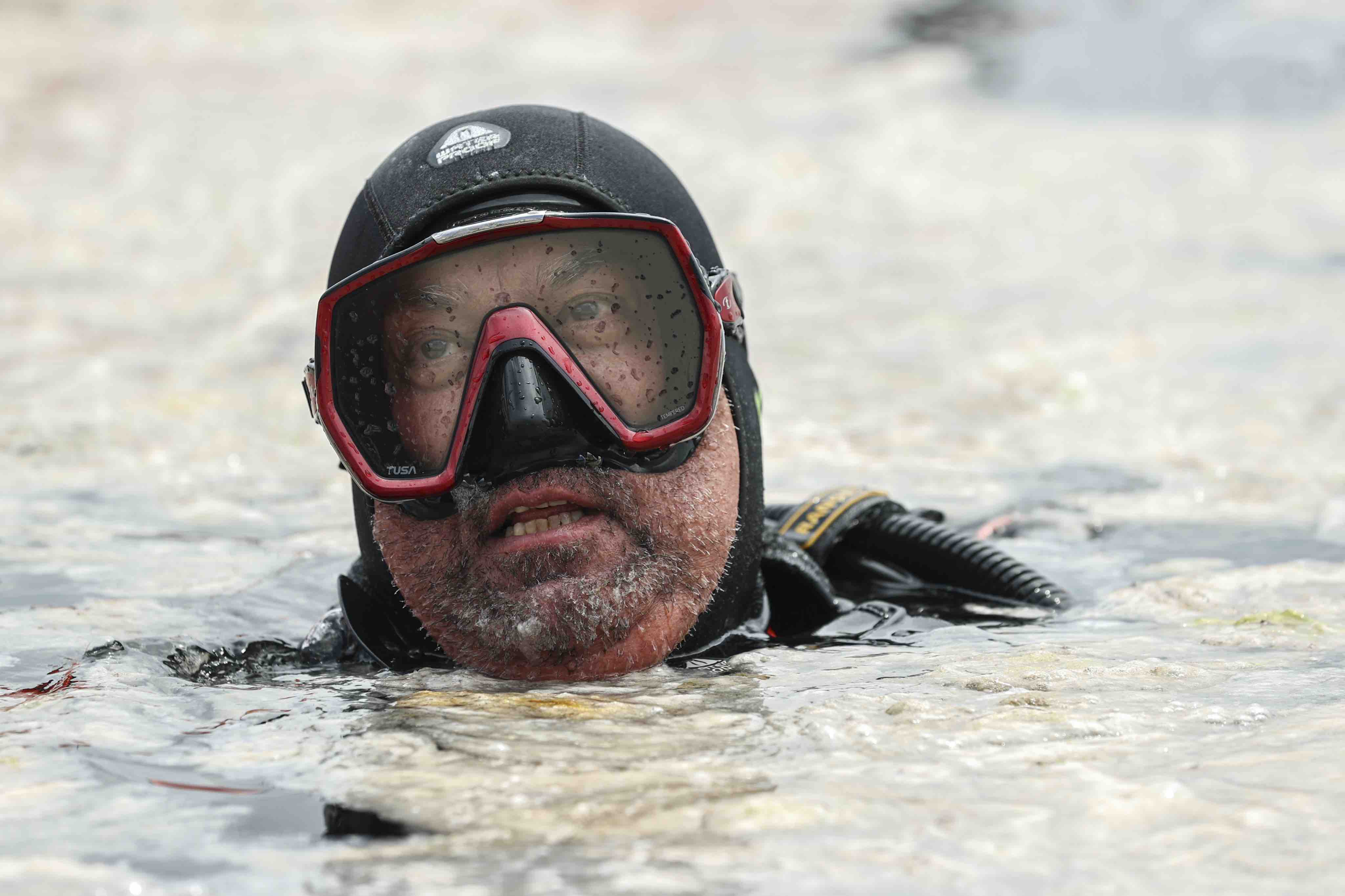
The country launched at a a disaster management programme to clean up the sea snot on Tuesday Jun. 8.
Authorities are now working to remove the excessive amounts of mucilage covering the sea at the Gulf of Izmit in Kocaeli, with 25 surface-cleaning and barrier-laying boats and 18 other vessels working to prevent any further spread.
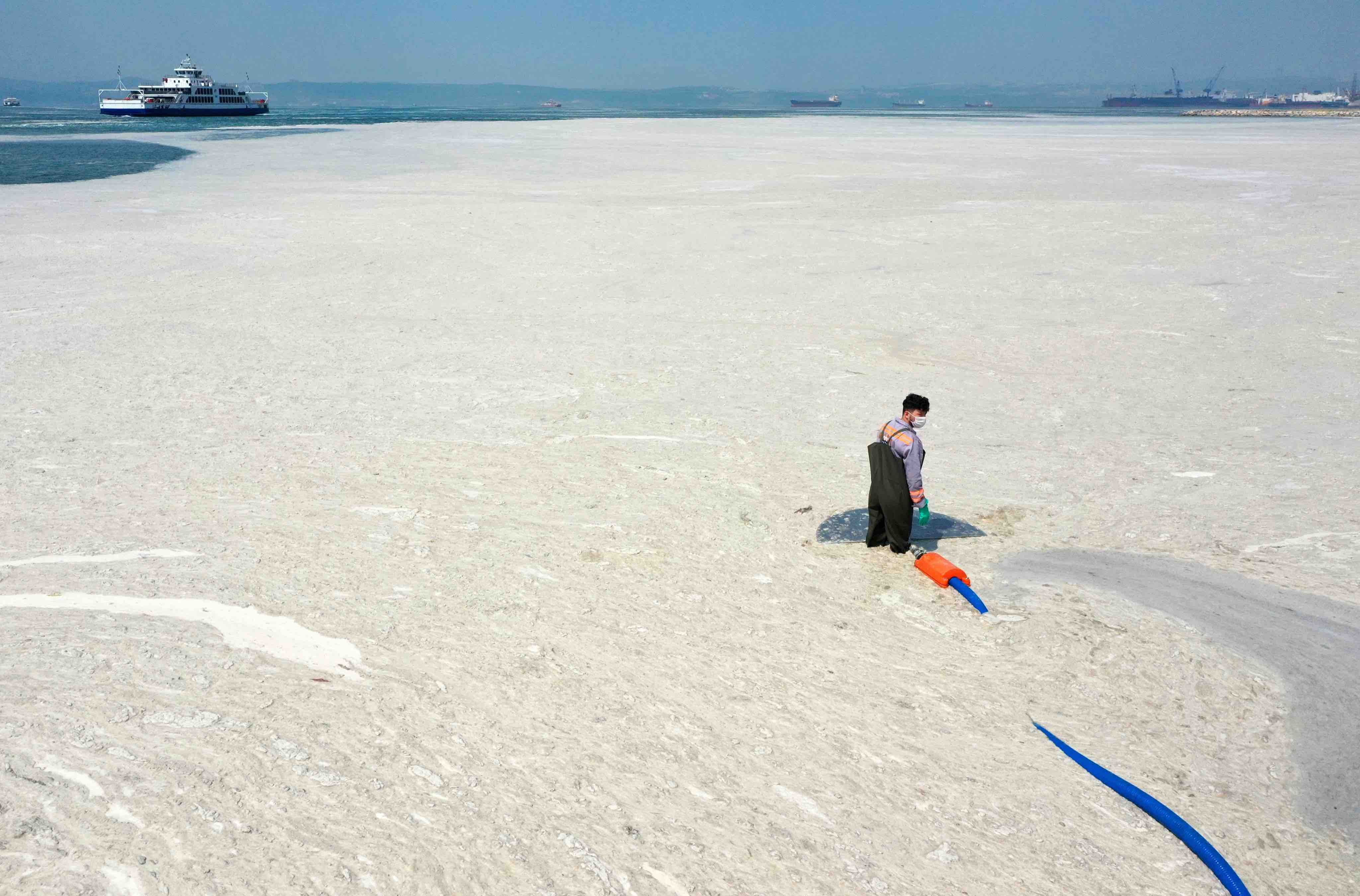
Turkey’s environment minister said that the country will declare Marmara a protected area by the end of 2021, Reuters reported.




